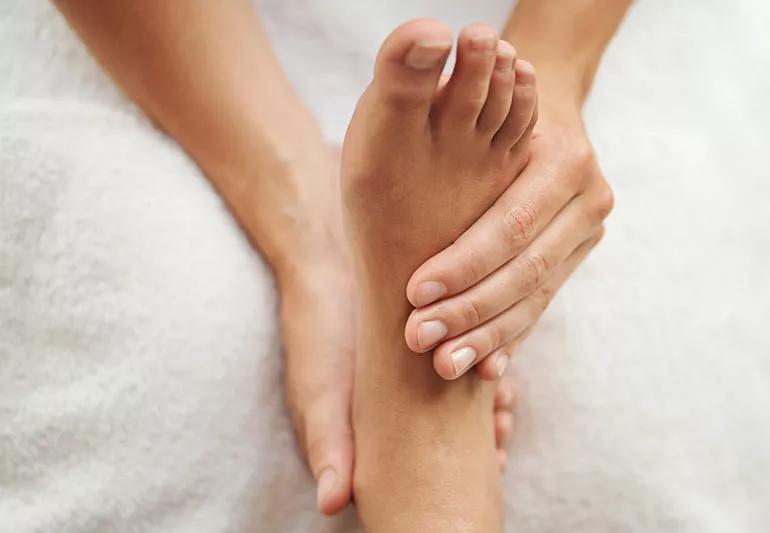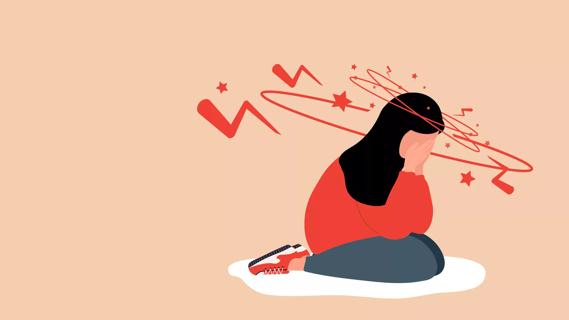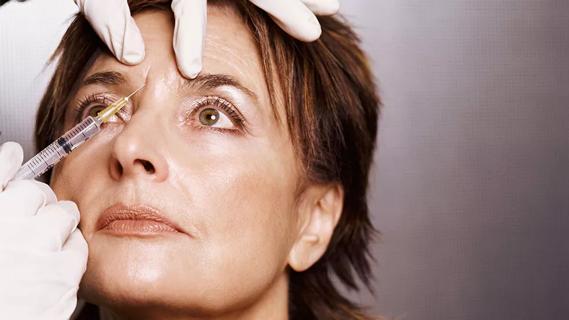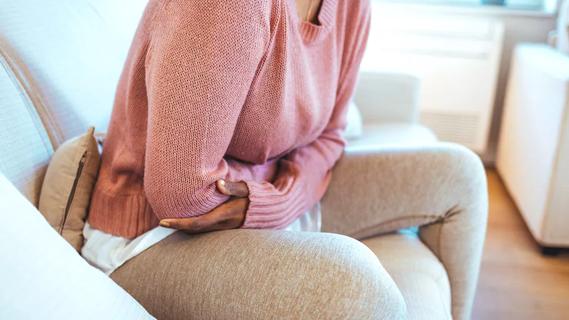Based on the idea that certain parts of your foot are linked with different parts of your body

You may have heard of reflexology, a type of therapy that focuses on your feet by applying different levels of pressure to certain areas.
Advertisement
Cleveland Clinic is a non-profit academic medical center. Advertising on our site helps support our mission. We do not endorse non-Cleveland Clinic products or services. Policy
Reflexology claims to help a host of medical issues, from sinus pressure to labor pains.
But research is currently of low quality. There aren’t any well-designed studies showing that reflexology is better than foot massage. But most studies compare reflexology to usual care and often show a benefit.
To learn more, licensed massage therapist Victoria Bodner, LMT, explains the idea behind reflexology.
“Reflexology is when pressure is applied to specific points of the foot,” says Bodner. “It’s thought that different parts of the foot correlate with different organs and parts of the body.”
For example, pinching the tops of your toes is believed to help with sinuses, while pressure applied to your heel claims to help with lower back and sciatic nerve pain.
Many reflexologists use a foot chart to show them where they need to apply pressure to help with certain areas of the body. There are also pressure points on your hands and ears that some reflexologists may target during a session.
Reflexology has been used in traditional Chinese medicine, where it’s thought that this type of therapy can keep your body’s qi (pronounced “chi”), or vital energy, balanced.
Other theories focus on how your body’s nervous system is all connected. Applying pressure, or even touching, areas of your feet is believed to calm your central nervous system and promote relaxation.
Advertisement
A reflexologist will use their hands to apply pressure to certain areas of your foot based on where you’re having pain and discomfort.
Think about how it feels to have your foot rubbed. It’s relaxing and calms you down.
In fact, this is likely the same reason reflexology is beneficial, as there’s no evidence that reflexology provides more benefits than a traditional foot massage. A foot massage may help improve your mood, stress, energy level and sleep.
If you’re stressed or anxious, your sympathetic nervous system — your fight or flight response — kicks into gear. A foot massage is believed to help increase your parasympathetic response and allow you to focus on routine and day-to-day operations.
“The parasympathetic system is that relaxation response, where your body can continue a place of homeostasis, which promotes self-healing and balance,” explains Bodner. “It can do its optimal duty to take care of and make sure you’re the healthiest you can be.”
There isn’t strong evidence that reflexology works any better than a foot massage, but reflexologists believe reflexology can help improve the following:
Many massage centers or studios offer reflexology, where a reflexologist or massage therapist may combine it with other treatments like acupuncture and massage therapy.
But you should talk to your healthcare provider before trying reflexology.
If you have circulatory problems, blood clots, gout, thyroid issues, athlete’s foot or epilepsy, your provider may suggest modifications or adjustments to prevent any unfavorable effects.
And if you’re pregnant, make sure you let your reflexologist know, as some points on your foot are believed to help induce labor.
So, what can you expect during a reflexology appointment?
Most appointments with a reflexologist are around 50 minutes — about 25 minutes spent on each foot. They’ll ask questions about your health, lifestyle and eating habits to help determine where to work on your feet.
You can remain fully clothed but will need to pull your pants up to your knee so the reflexologist can work on your lower leg as well. You’ll either lie down on a massage table or sit in a reclining chair.
Your reflexologist may choose to use a lotion or cream while working on your feet, but it’s not necessary.
Overall, it’s important to know that the research supporting reflexology isn’t strong and that you may receive the same benefits as a traditional foot massage. So, do your homework and talk to your doctor.
Advertisement
You can even try out a foot massage at home. If you have foot pain, are exhausted or tired at the end of the day, think about focusing on your feet.
“While you’re watching TV, you can use your fingers and thumb to work your way up your feet pressing in,” suggests Bodner. “Then, do the same with your knuckles.”
Advertisement
Learn more about our editorial process.
Advertisement

Bleeding is a risk and warrants taking care, but the reward of this lifesaving medication is great

Severe and debilitating headaches can affect the quality of your child’s life

With repeat injections over time, you may be able to slow the development of new wrinkles

Although it can be alarming, it’s normal to experience blood clots during menstruation

Stretch before heading outside, keep proper form and avoid jerking or twisting to throw snow

Type 2 diabetes isn’t inevitable with these dietary changes

Applying a hot or cold compress can help with pain